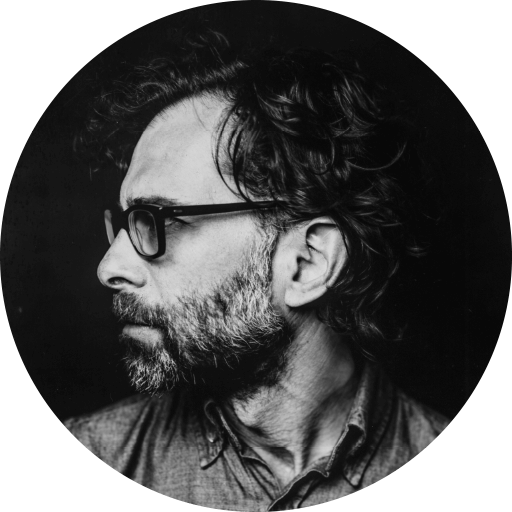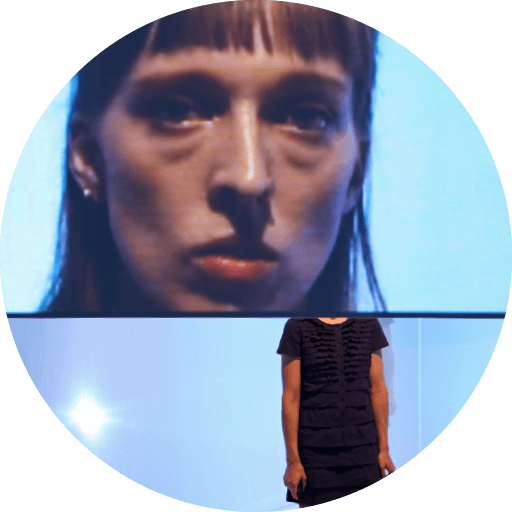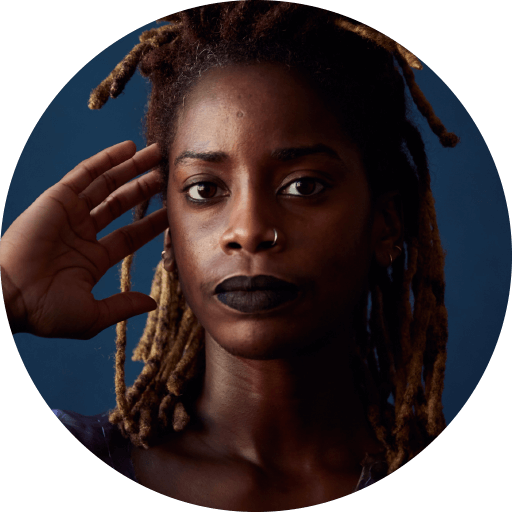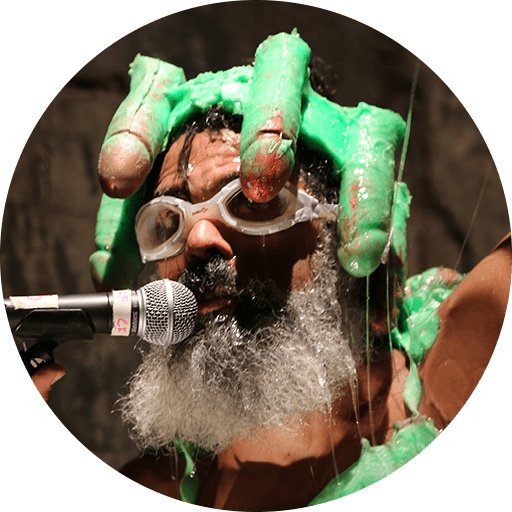All Together Now
Siobhan Burke, Artforum
Siobhan Burke, Artforum
Milka Djordjevich’S ANTHEM sneaks up, quite literally, on its audience. At the Chocolate Factory Theater, we the audience had taken our seats around a parquet dance floor when from a back hallway, four women appeared, step-touching toward us in conga-line formation. Their clothes seemed plucked from a 1970s closet: a gold velour jumpsuit for one dancer; suspendered pants for another; and for everyone, black jazz shoes. They took their time, as unrushed as the iridescent soundscape anointing their entrance.
Were they at a disco? A bat mitzvah? Maybe a high school dance, but then there would be self-consciousness, self-doubt—about how to dance and who to dance with—and there is none of that in ANTHEM. The hour-long show, which arrived in Long Island City by way of Los Angeles where Djordjevich lives and works, conjures a communal space unfettered by social pressures, especially the kind that tend to weigh upon women’s bodies and their self-images. Dancers Laurel Atwell, Jessica Cook, Dorothy Dubrule, and devika wickremesinghe radiate a calm, knowing confidence and, as chaos builds over the course of the piece, a feral abandon. No matter that we’re watching them up close and from all sides: they watch back just as intently, confronting us with dreamy, sultry, or deliberately vacant gazes.
Their gazes are underscored, at first, by a gestural introduction. “We have boobs, we have butts, we have lower abs,” the dancers seem to say, placing their hands over those body parts in their opening procession. These matter-of-fact moves—repurposed from MASS, Djordjevich’s 2015 collaboration with composer Chris Peck—are like the root syllables of their playful lexicon, one that expands to include hand-clap games, backstroking arms, and slashing kicks that call to mind both karate and the Rockettes.
In some ways, ANTHEM fits into a familiar formalist mold, assembling simple repeating units into a complex, evolving whole. I agreed with the friend who, after the show, said she couldn’t stop thinking of Anne Teresa de Keersmaeker’s Piano Phase (1982), in which two women pivot—and pivot and pivot—to Steve Reich’s titular composition, falling into and out of unison. But while conversing with certain traditions—maybe even winking at them—ANTHEM also finds a groove of its own, instilling order with a wild spirit, and ultimately unraveling.
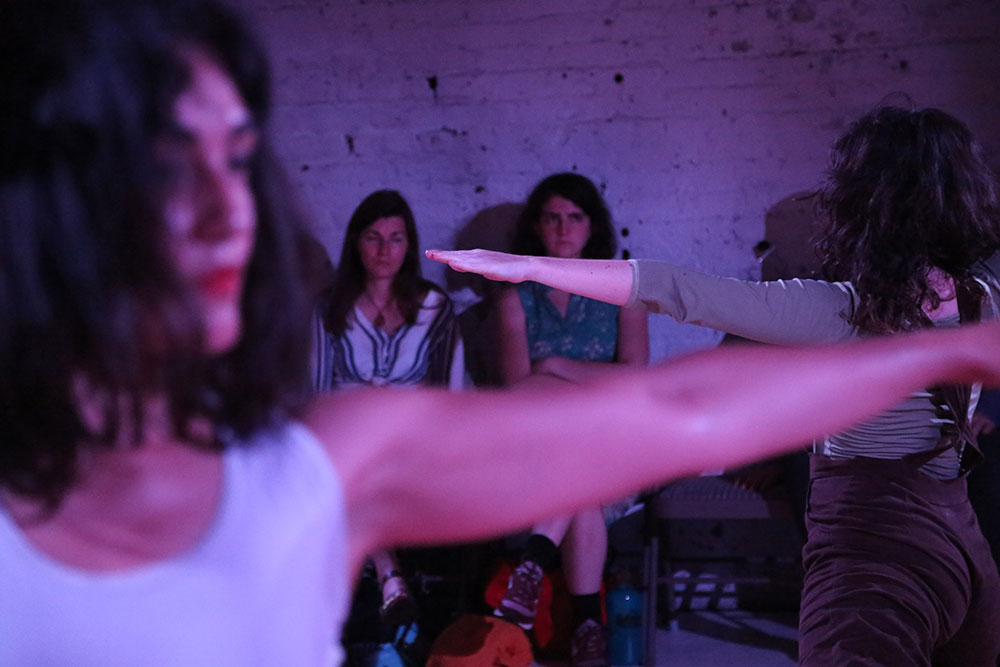
Early on in the piece, a curious tension arises between precision and informality. On the one hand, Djordjevich’s neo-folk dances, with their intricately interlocking patterns, rely on strict unison and symmetry, rarely missing a beat. On the other, the dancers coast through these sequences like they’re second nature, with the casualness of dancing at a party. (When a beat is missed, they just laugh and keep going.)
With Chris Peck’s multidimensional score as its engine, ANTHEM proceeds across increasingly unruly terrain, all informality turning to revelry. About halfway through, the dancers collapse onto the floor, not masking their exhaustion. In retrospect, it’s clear they’re not just recovering from what they’ve done, but resting up for what’s to come: a kind of bacchanalian rite in which northern soul dancing meets capricious thrashing, stumbling, biting, kicking and finally—once fatigue returns—languishing on the ground.
This descent—or ascent?—into anarchy feels forced in moments, not always as spontaneous as it might aspire to be, but the release of inhibitions is a joy to behold. One dancer fumbles across the floor in a split; another, having retreated to the sidelines, removes a jazz shoe and chucks it onto the stage. (It would be easy to use nudity as a stand-in for letting go, but shoes are the only items of clothing to come off here; with the exception of a loosened suspender, Naomi Luppescu’s vibrant costumes remain intact.)
As with MASS, the title ANTHEM invokes ceremony, song—a collective voice. An anthem unites, an anthem proclaims. The dancers don’t sing here as they did in that earlier work, but they aren’t silent either. When Madeline Best’s lighting takes a harsh turn and casts the stage in an ominous green glow, the performers link hands, toss back their heads, and let out a few piercing yelps.
And if there’s a physical equivalent of belting out a song, this band of merry women succeeds—then drops the mic. As they exit the theater, frolicking out the front door and onto the street, you picture them gone for good.
Siobhan Burke for Artforum, May 23, 2018.


